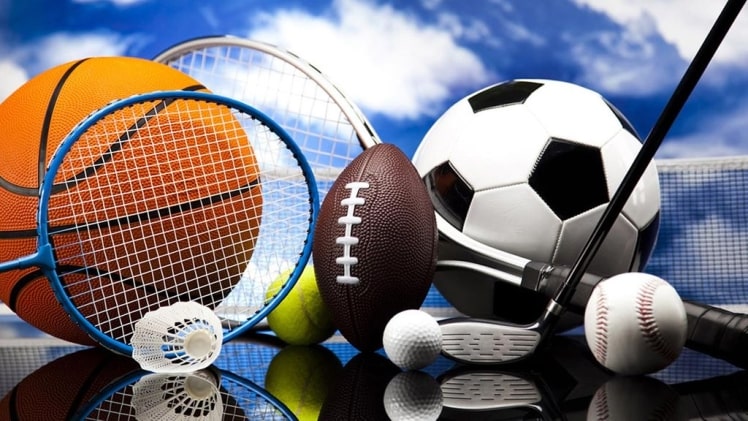Sport can be a conservative force in national identity and culture. Some argue that associations with nationalism are more than patriotism, but chauvinistic or xenophobic, as in the case of football hooligans. Despite this conservative association, sports have also contributed to liberal nationalist political struggles, including the 19th century Slavic gymnastics movement, which used banned substances and scientific methods to win against Russia.
A game can be intensely emotional for fans check out sportsbetkings for all the latest updats. Even those who do not play a sport may recognize key players and take pride in an Olympic medal. Sports can also evoke intense feelings of identification with a team or community. A fan can feel despair when a beloved player is injured, or elation when a team scores a last-minute goal that turns a defeat into a victory. For these fans, sports are more than just physical competitions.
Aesthetics, as seen in Usain Bolt’s performance in the 100m race, survive in some forms of modern sports, although the emphasis on measurable achievement has become dominant. A cultural shift in sports can be discerned in the word measure, which was used to indicate proportion and balance, but which then evolved to merely mean numerical values. The word “record” first appeared in English during the late 19th century.
Socialization into sports has long been recognized as a positive force for youth. Statistics show that nearly forty percent of school-aged children engage in some type of organized sports. And many families report a higher level of satisfaction when their children engage in sports. Even though these figures may seem small, they highlight the growing problem of childhood obesity and the growing sedentary lifestyles of most youth. Involvement in sports can be beneficial or detrimental to a child’s physical and mental health.
Although no one knows exactly when sports originated, it seems safe to assume that children have included them in their play from their earliest years. In prehistoric art, hunters are depicted pursuing their prey with joy. However, this ancient activity evolved into a major cultural event, with a wealth of iconographic and literary evidence. So much so that, today, the Olympics in particular have become a major source of entertainment for people all over the world.
In addition to traditional sports, many people have other interests outside of traditional sports. There are many outdoor and indoor games that require no open field to play. For example, tennis and basketball are popular indoors, and a tabletop game called pool can be played in a classroom. Even if a sport is played outdoors, a game that involves a bike can be fun and beneficial. It can also be played with a partner. It’s fun for the entire family!
In addition to these popular sports, Japan also has some traditional games that still rival those of the West. Judo, for example, was invented in 1882 by Kano Jigoro, a martial artist in Japan. This sport has European adherents and was eventually made an Olympic sport in 1964. A traditional Japanese game, judo is similar to karate in many ways. The combination of Asian and Western traditions makes judo unique and fun

